

Matt Campbell
2026 Hyundai Tucson Hybrid review
7 Hours Ago
Regenerative braking is a simple concept, but not all systems are created equal. Here's what to look out for.

Contributor
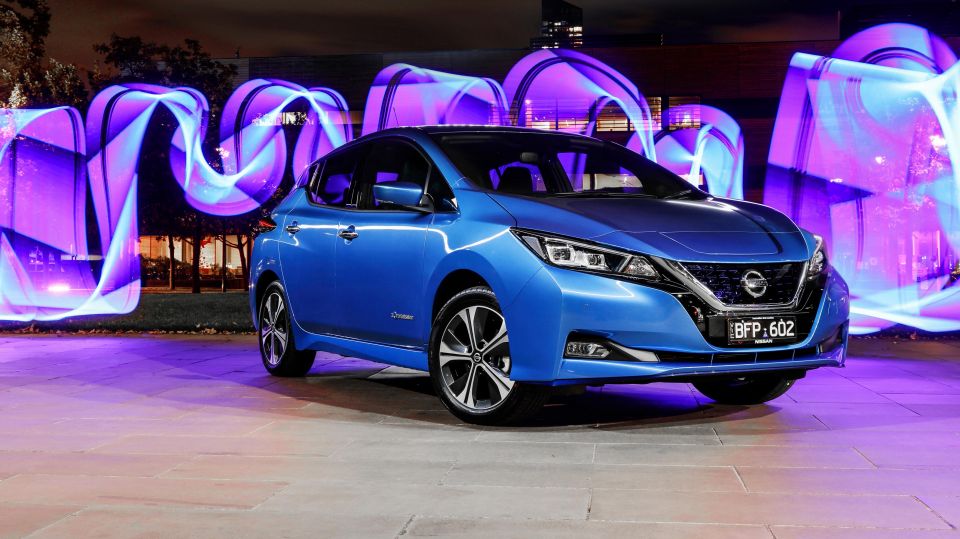

Contributor
Electric vehicles offer a different driving experience to their combustion engine counterparts, and one of the primary reasons why is regenerative braking.
Apart from helping to slow the car down, regenerative braking also feeds charge back into the battery, and is a key reason electric cars (EVs) are so efficient in urban, stop-start environments.
While the basic principles behind regenerative braking are the same across all EVs, not all systems are identical.
Across the market, they vary not only with regard to the range of options afforded to owners, but also their intensity. Some systems can stop the car as soon as the driver releases the accelerator, enabling true single-pedal driving.
Other systems, in contrast, take a more traditional approach. They may slow the car down initially, but the driver is required to depress the brake pedal to bring the car to a complete stop, much like a non-electric vehicle.
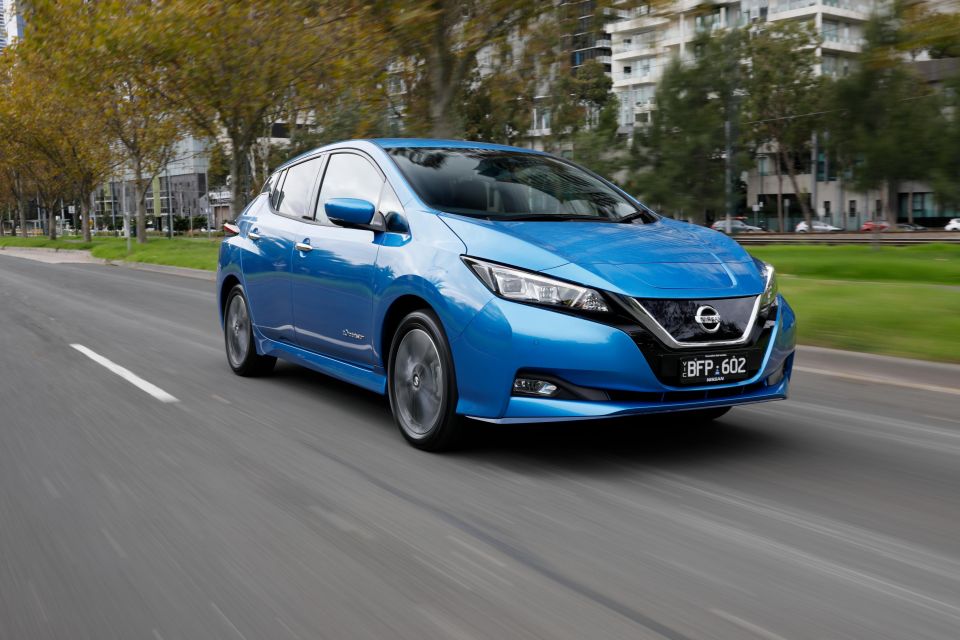
Fundamental to regenerative braking is the fact the motors used in EVs today can operate in two directions.
When the driver depresses the accelerator pedal, they are effectively sending current from the battery to the motor, which converts the electrical energy into kinetic energy, and consequently turns the wheels.
When the driver releases the accelerator pedal, the motor effectively switches direction and acts as a generator, with the wheels acting as a crank.
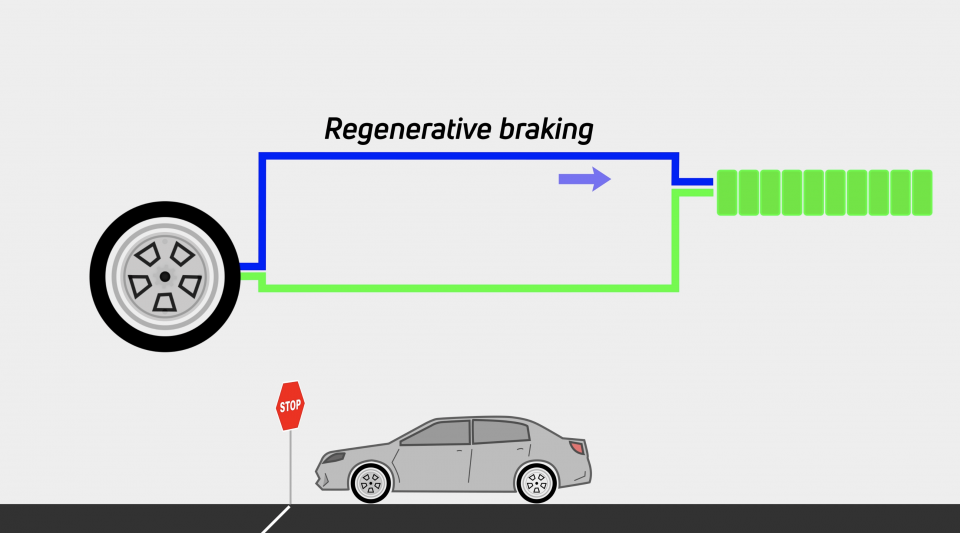
Kinetic (movement) energy from their rotation is transferred to the motor, which converts that kinetic energy back into electrical energy that’s subsequently stored in the vehicle’s battery.
Of course, regenerative braking is not perfectly efficient. It only captures back a portion of the initial energy expended to move the car. This is because energy is also lost to aerodynamic and mechanical drag while driving.
Single-pedal driving is a term used to describe an electric vehicle’s ability to use regenerative braking to bring itself to a complete stop when the driver releases the accelerator.
This raises the possibility of the brakes being immediately applied even when the driver lifts slightly off the accelerator, which would make the system impractical when driving on a highway.
Fortunately, these systems are pressure-dependent. Some cars also include a coasting function.
If the driver eases off the accelerator a little bit, some cars enter a coasting mode that allows the car to freewheel, rather than immediately engaging the brakes.
Others gradually increase the braking force as you lift off the accelerator.
Once the car has come to a stop, systems such as the e-Pedal system used in the Nissan Leaf apply the hydraulic brake system automatically to ensure the vehicle remains stationary.
When the driver steps back on the accelerator, the friction brakes are automatically released and the car drives off.
In the Leaf, e-Pedal mode is activated using a switch on the centre console. Other popular EVs offer drivers the ability to come to a stop in their most aggressive regeneration modes.

The Model 3 in its current version offers only a single level of regenerative braking (the ‘low’ option was removed in a software update). To enable single-pedal driving similar to the Leaf, ensure regenerative braking is enabled and the Stopping Mode is set to ‘Hold’ rather than ‘Creep’ or ‘Roll’.
Electric vehicles offered by Hyundai and Kia do not technically offer one-pedal driving, but can still be stopped completely using the brake regeneration.
Even in their most aggressive setting (controlled using the steering wheel paddles), regenerative braking disengages below 15 km/h, forcing the driver to use the friction brakes to bring the vehicle to a complete halt.
However, if the driver holds the left steering wheel paddle continuously during regenerative braking, the vehicle can be brought to a complete halt without use of the friction brakes.
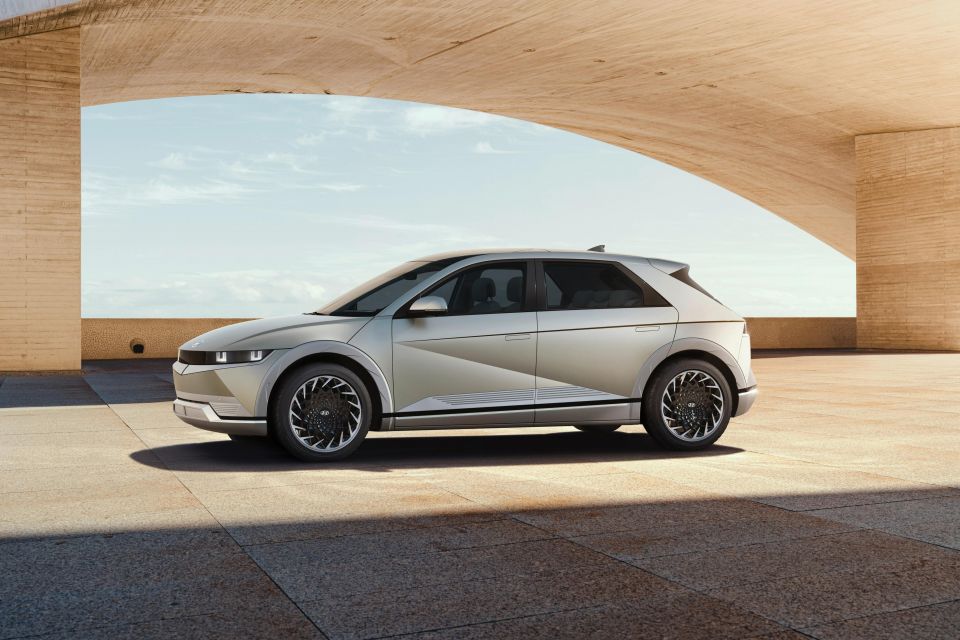
Other EVs such as the Mazda MX-30 Electric use regenerative braking to initially slow the vehicle, but do not offer any form of single-pedal driving. Instead, the driver must use the friction brakes to bring the car to a complete stop, much like a conventional combustion-engine vehicle.
EVs offered by several German carmakers offer a more advanced form of single-pedal driving and regenerative braking.
These systems combine navigation data, as well as data from the active safety systems and other sensors, to optimise braking based on the driving situation.
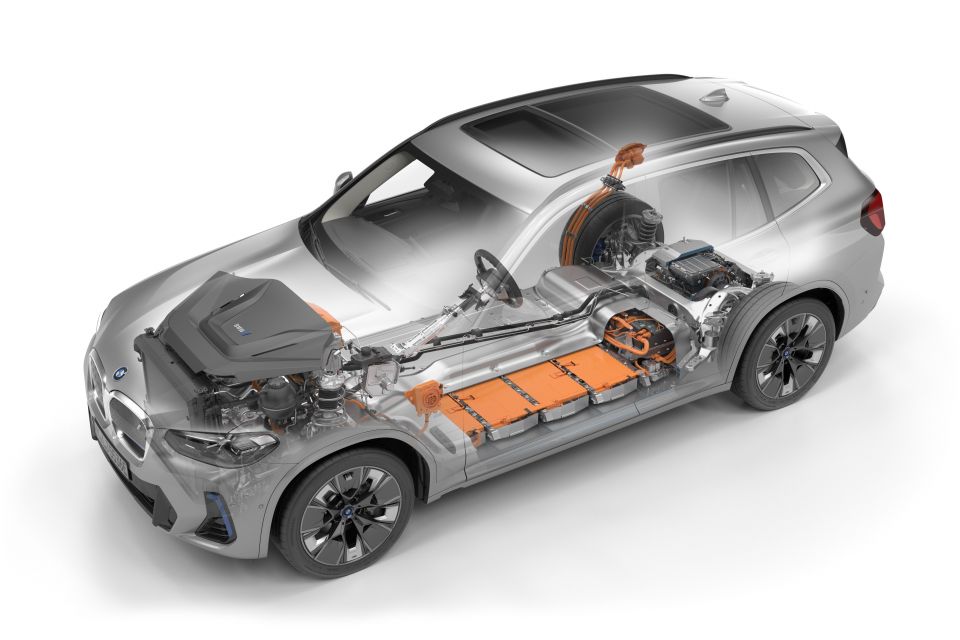
Approaching an intersection with adaptive cruise control enabled, the car will determine the amount of braking required to stop without the need for friction brakes.
On a busy road with lots of traffic detected from map data, the vehicle can pre-set a more aggressive level of regenerative braking to make sure the vehicle stops quickly.
If the car is on a quiet road, a lower level of regenerative braking will be set, making it easier for the driver to coast for longer distances.
In contrast, if an emergency situation arises and the vehicle’s sensors detect that a collision is imminent, the regenerative braking can be maximised and coupled with the friction brakes to ensure that the car stops in the shortest possible distance.


Matt Campbell
7 Hours Ago


Max Davies
23 Hours Ago


William Stopford
23 Hours Ago


Derek Fung
23 Hours Ago


Max Davies
1 Day Ago


William Stopford
2 Days Ago